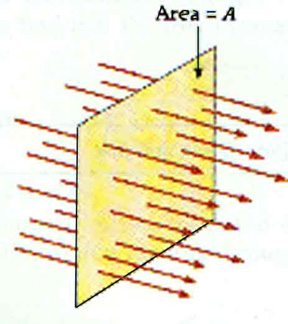
"Continuous" means that the solenoid is not formed by discrete finite-width coils but by many infinitely thin coils with no space between them in this abstraction, the solenoid is often viewed as a cylindrical sheet of conductive material. Integrating over path c demonstrates that the magnetic field inside the solenoid must be radially uniform.Īn infinite solenoid has infinite length but finite diameter. Physics Infinite continuous solenoid įigure 1: An infinite solenoid with three arbitrary Ampèrian loops labelled a, b, and c. In engineering, the term " solenoid" refers not only to the electromagnet but to a complete apparatus providing an actuator that converts electrical energy to mechanical energy.

These solenoids, focus coils, surround nearly the whole length of the tube. Electrons take helical paths within the magnetic field. Solenoids provide magnetic focusing of electrons in vacuums, notably in television camera tubes such as vidicons and image orthicons. The helical coil of a solenoid does not necessarily need to revolve around a straight-line axis for example, William Sturgeon's electromagnet of 1824 consisted of a solenoid bent into a horseshoe shape (similarly to an arc spring). The concept of solenoid was introduced in 1820 by André-Marie Ampère who coined the term solenoid in 1823.

The coil can produce a uniform magnetic field in a volume of space when an electric current is passed through it.

Magnetic field created by a seven-loop solenoid (cross-sectional view) described using field linesĪ solenoid ( / ˈ s oʊ l ə n ɔɪ d/ ) is a type of electromagnet formed by a helical coil of wire whose length is substantially greater than its diameter, which generates a controlled magnetic field.


 0 kommentar(er)
0 kommentar(er)
